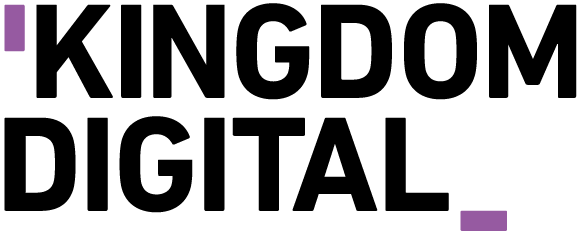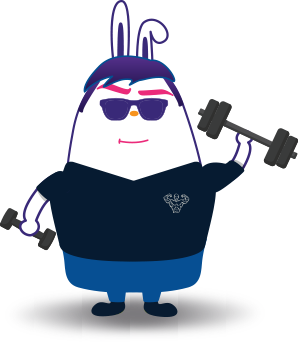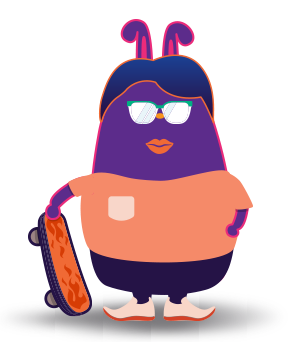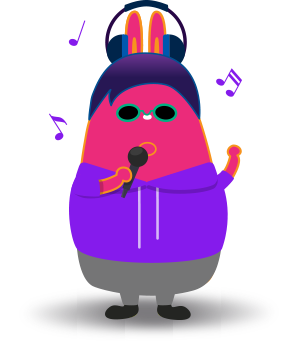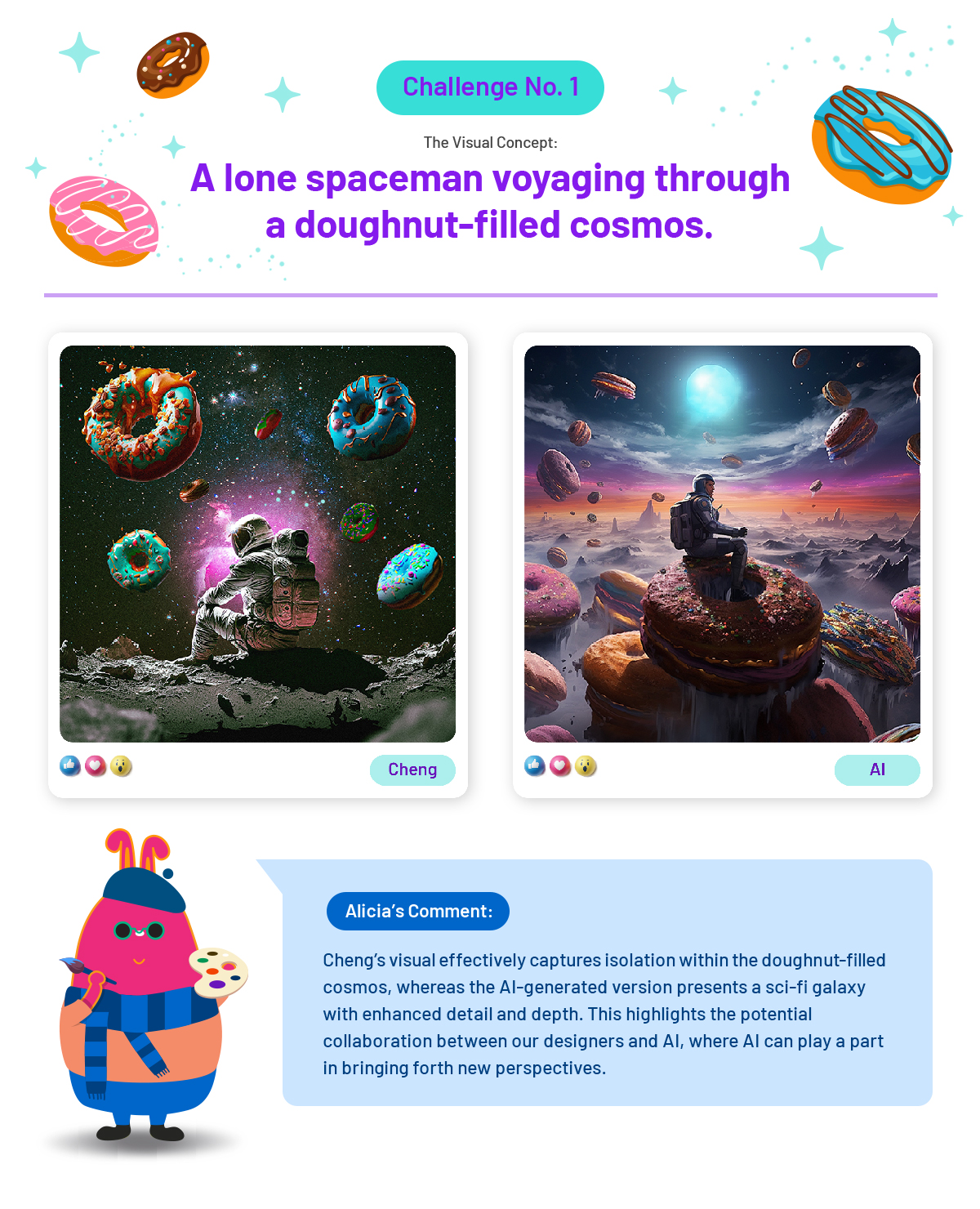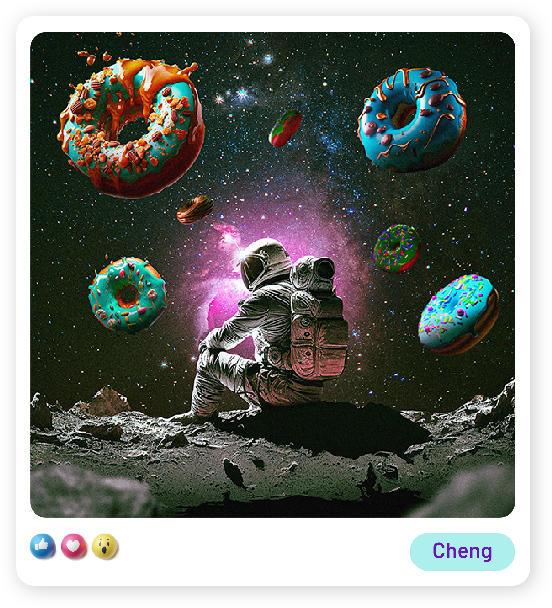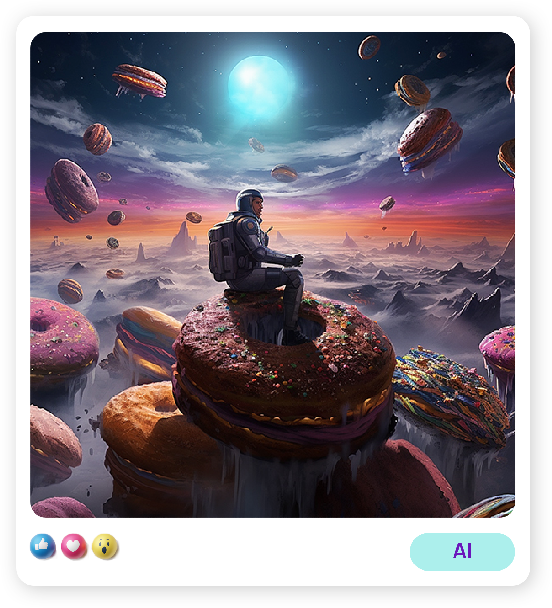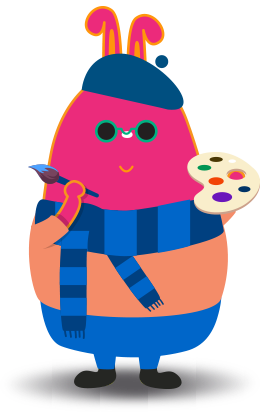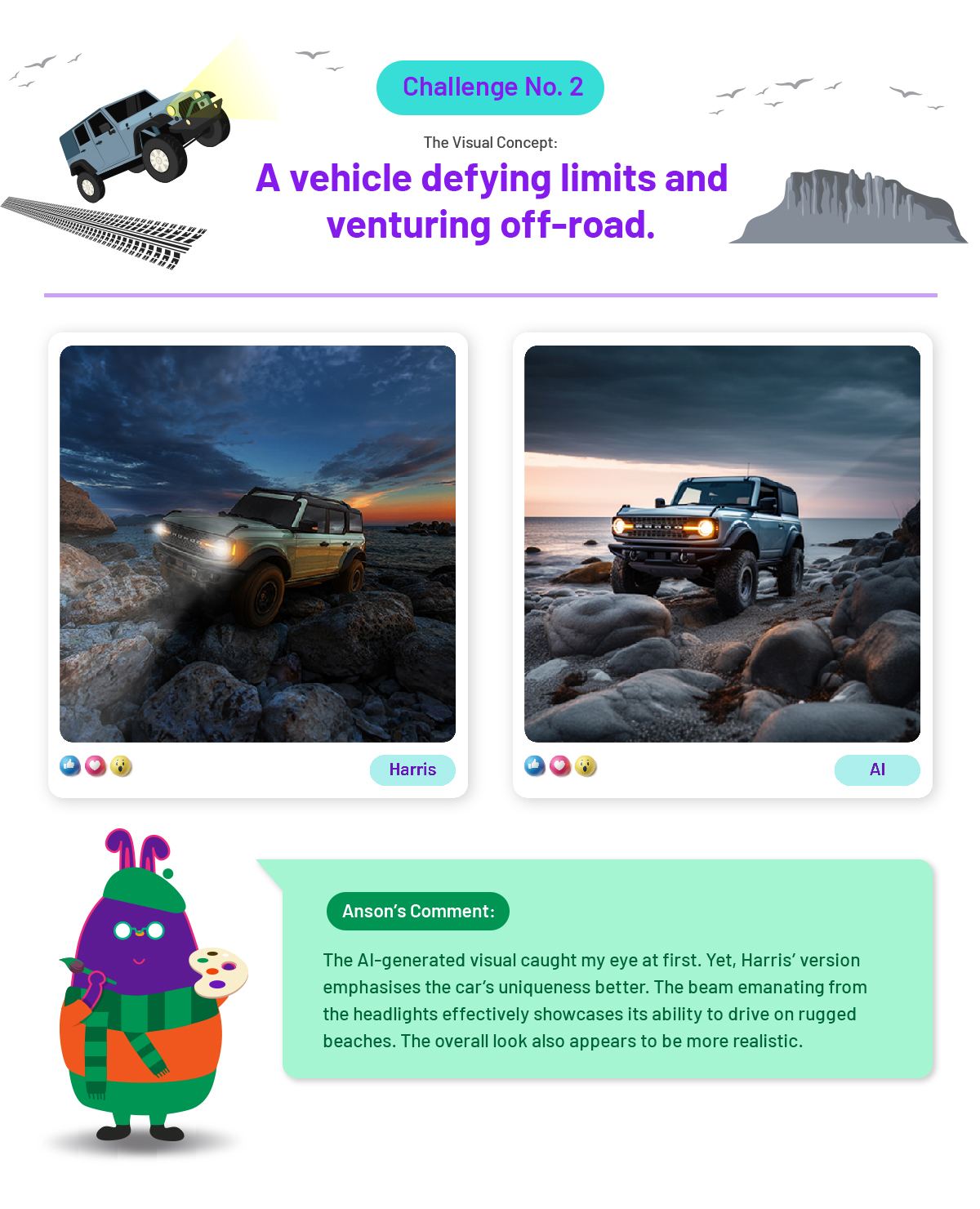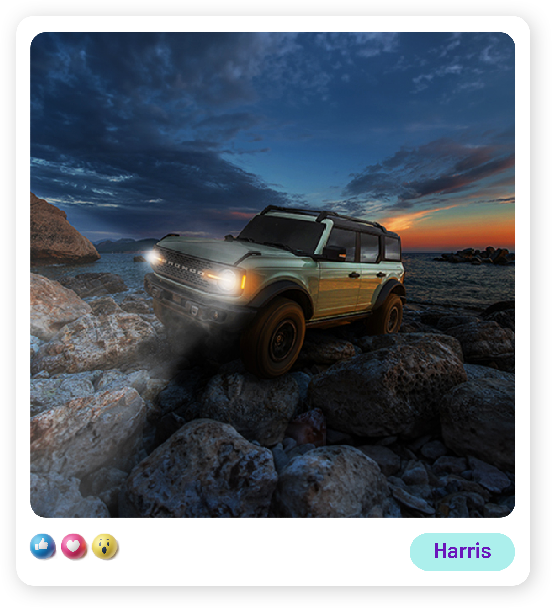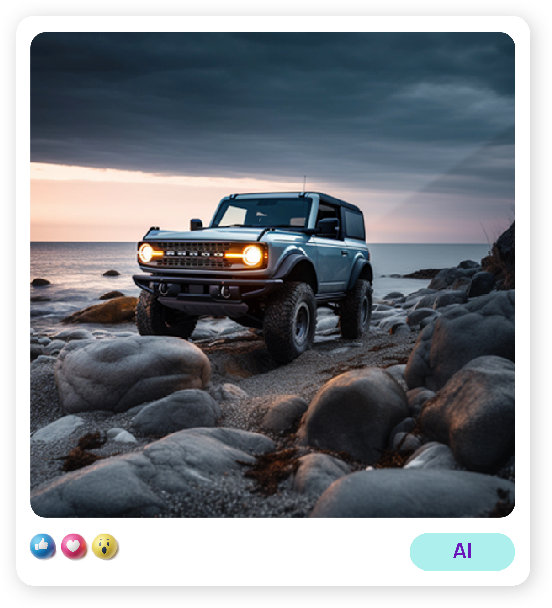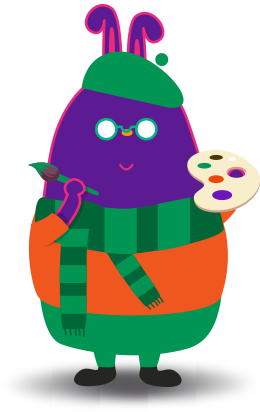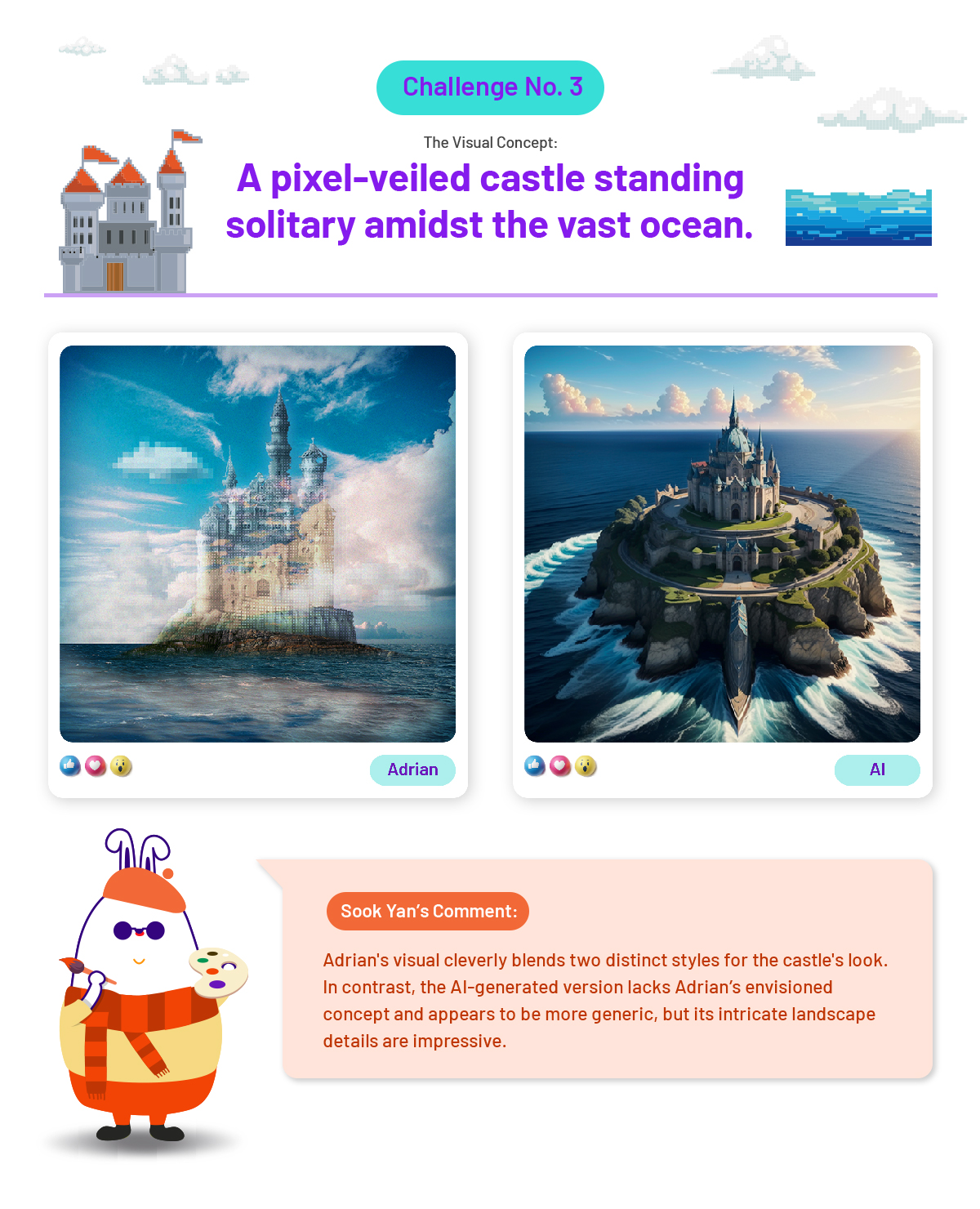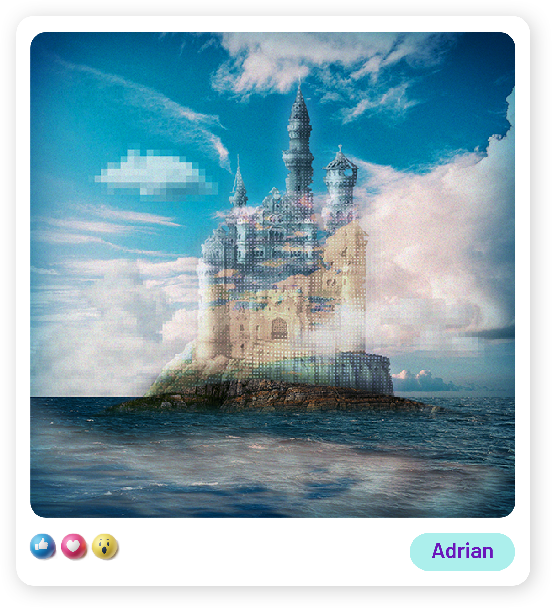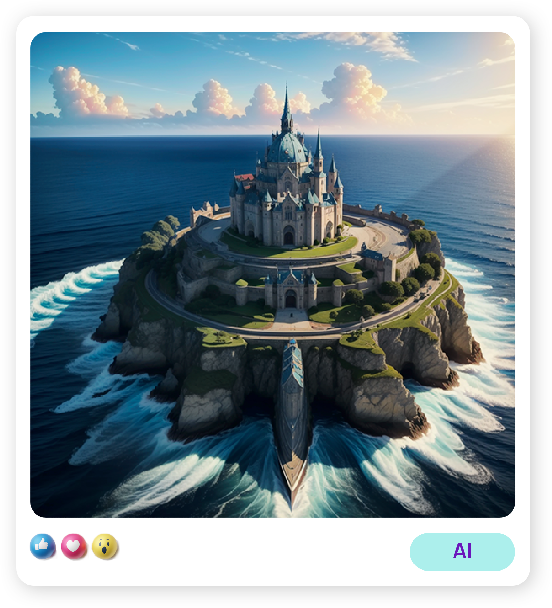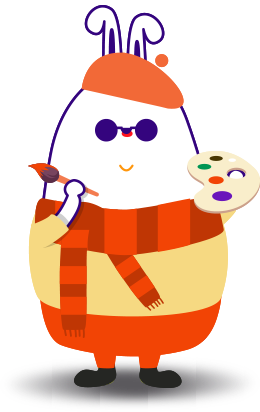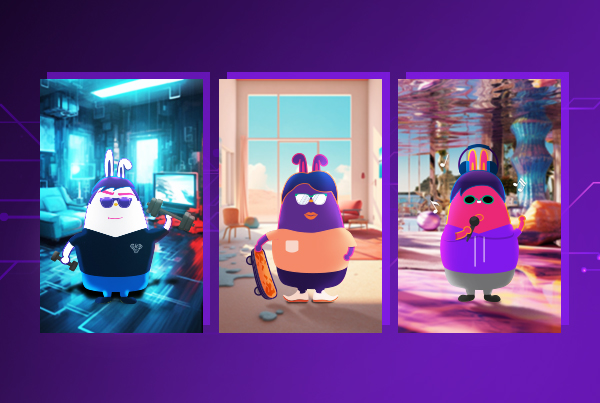
AI stands as the enigmatic guest within our digital realm, a topic that continues to captivate our conversations. Last month, my fellow colleagues explored ChatGPT. Now, allow me to unravel the world of AI image generators—are they allies or adversaries to the creative minds in Kingdom Digital? Read on to find out.
To begin, I asked ChatGPT to introduce its generative AI counterpart.
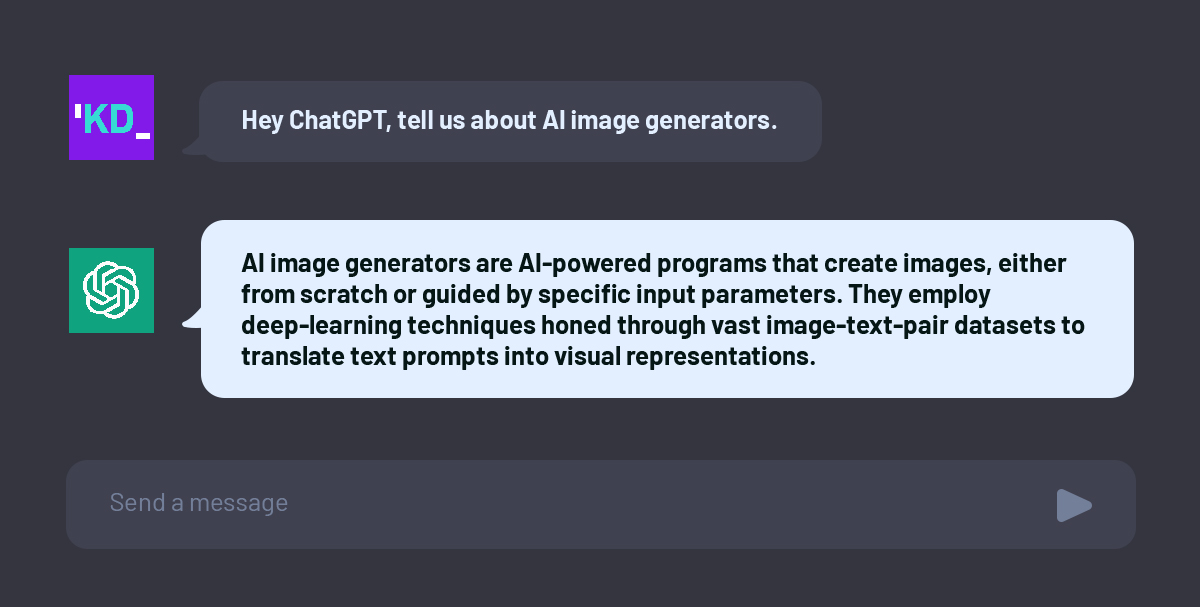
There we go! ChatGPT basically summarised it.
AI-generated images are hard to miss due to the availability of various AI text-to-image generators like DALL-E 2, Midjourney, and more. These generators can fashion photorealistic images from text prompts in mere minutes. A single text prompt unlocks boundless visual ideas for creatives—providing inspiration, expanding imagination, introducing novelties, and bringing visions to life.
The Kingdom on AI Image Generators
AI image generators can be a potent tool that augments human creativity, opening up a world of new possibilities for creatives who craft brand ads. However, the question persists: Can they entirely replace creatives?
Our designers view AI not as adversarial, but as collaborative. In fact, they are already integrating these generators into their creative workflow, and here’s what they think:
- AI image generators are regarded as a valuable tool for kickstarting and streamlining the creative process.
- They create different images each time, aiding creatives in crafting unique visuals that bolster brand identity and competitiveness.
- AI image generators can help to create storyboards, mood boards, and visual aids for brainstorming sessions.
- They can rapidly transform conceptual ideas into lifelike depictions.
- Although AI is proficient in generating images, achieving perfection is not guaranteed, often requiring the use of other image editing software for refinement.
- Creatives are encouraged to train AI using their own work, unlocking further possibilities in image generation and addressing ethical considerations.
AI Image Generators vs. The Kingdom
To demonstrate the capabilities (and limitations) of AI image generators, I’ve enlisted the help of Cheng, Harris, and Adrian to conduct an experiment.
Each designer will create their visual from scratch. Then, challenge their chosen AI image generator to recreate the same visual concept they aim to achieve. Our Head of Creative, Alicia Thein, Sr. Digital Art Director, Anson Chiam, and Digital Art Director, Sook Yan, will comment on the visuals as if they are overseeing work.
Final Thoughts
New tools bring forth new power. Yet, AI image generators don’t replace discernment. They are not yet mature enough to make judgments. These generators rely purely on databases of pre-existing text and images to make decisions. Hence, the onus still rests on creatives to decide which ads require a human touch and which can be entrusted to AI.
The marvel of our era lies in human-AI collaboration, with AI image generators as our creative allies, amplifying our capabilities within the realm of advertising. To unleash AI’s creative potential, it’s essential that we embrace it and evolve alongside its development to advance the advertising industry.
Check out Projek MY Malaysia, where we assisted our client CelcomDigi in bringing Malaysians’ visions for the nation to life this National and Malaysia Day with generative AI.
If you’re eager to learn more about the utilisation of AI in creating creative visuals for your brand, get in touch.
